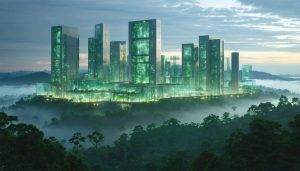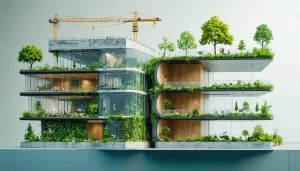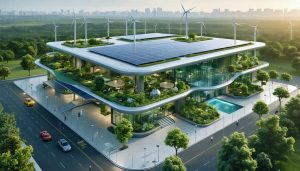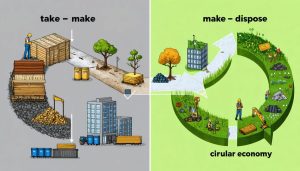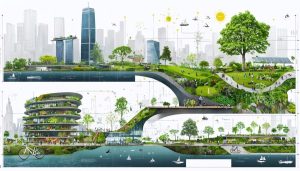
Smart Digital Tools Reshape Construction Sustainability (Without Breaking Your Budget)
Digital transformation in construction demands a delicate balance between technological advancement and environmental responsibility. As the industry races to adopt smart technologies, data-driven solutions, and automated processes, the imperative for sustainable digitalization has never been more critical. Leading construction firms are discovering that eco-conscious digital implementation not only reduces their environmental footprint but also delivers substantial operational efficiencies and cost savings.
The convergence of sustainability and digital innovation is reshaping how we approach construction projects, from initial …



